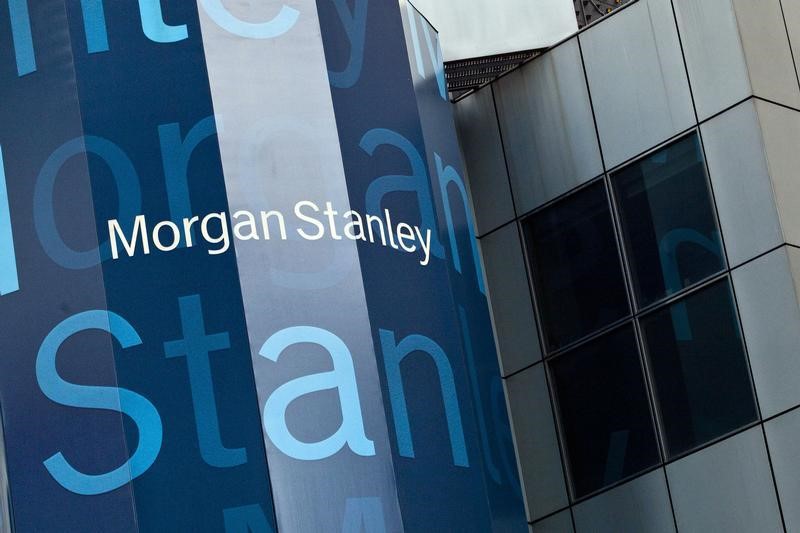US stock futures inch lower after Wall St marks fresh records on tech gains
Investing.com - So-called NAND chips have long been viewed as relatively unrelated to the boom in enthusiasm around artificial intelligence, with the processors seen as better suited for data storage than the high-performance needs of AI.
But, in a note to clients, analysts at Morgan Stanley said "growth has returned" to the NAND market thanks to rising demand for AI inference, or the phase when a trained AI model can use its knowledge to process information and generate responses like predictions or classifications.
A type of NAND flash memory known as a Quad-Level Cell Solid-State Drive (SSD), which prioritizes high capacity and affordability over speed, has become the "optimal solution" to satisify the technological requirements of AI models, eclipsing traditional options such as hard disk drives, the analysts said. These SSD options are used in the actions like storage and cache off-loading needed to fine-tune already-trained AI models.
Fueled by accelerating demand among cloud service providers, AI NAND chips are now tipped to account for 34% of global NAND sales by 2029, and add $29 billion to the processor’s overall total addressable market, the Morgan Stanley analysts predicted.
"NAND has become fashionable again," the bank wrote. "While NAND seems to have been left out of the heated AI investment landscape over the past two years, growth has returned on the back of increasing AI inference demand and accelerated AI infrastructure deployment."
They noted that firms, keen to address capacity constraints in HDD options, have "already been in discussions with suppliers" regarding "large-size orders" of both AI NAND chips and possible cutting-edge near-line SSDs for 2026. This could lead to a shortage in NAND chips heading into the second half of next year, they added.
The analysts highlighted NAND suppliers like U.S. name SanDisk (NASDAQ:SNDK), South Korea’s Samsung Electronics (KS:005930) and Japan’s Kioxia (TYO:285A) as the "biggest beneficiaries in this NAND secular cycle."
